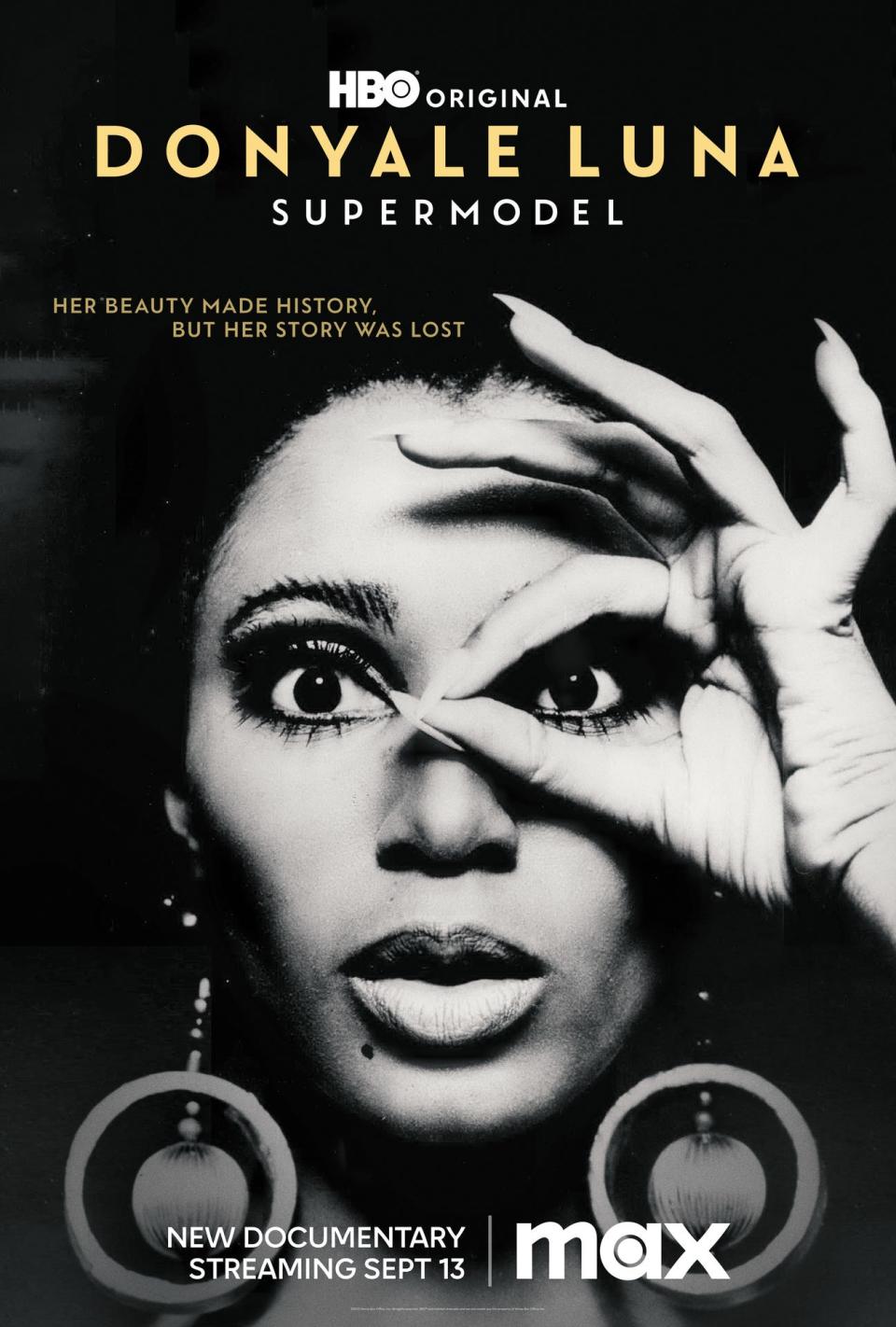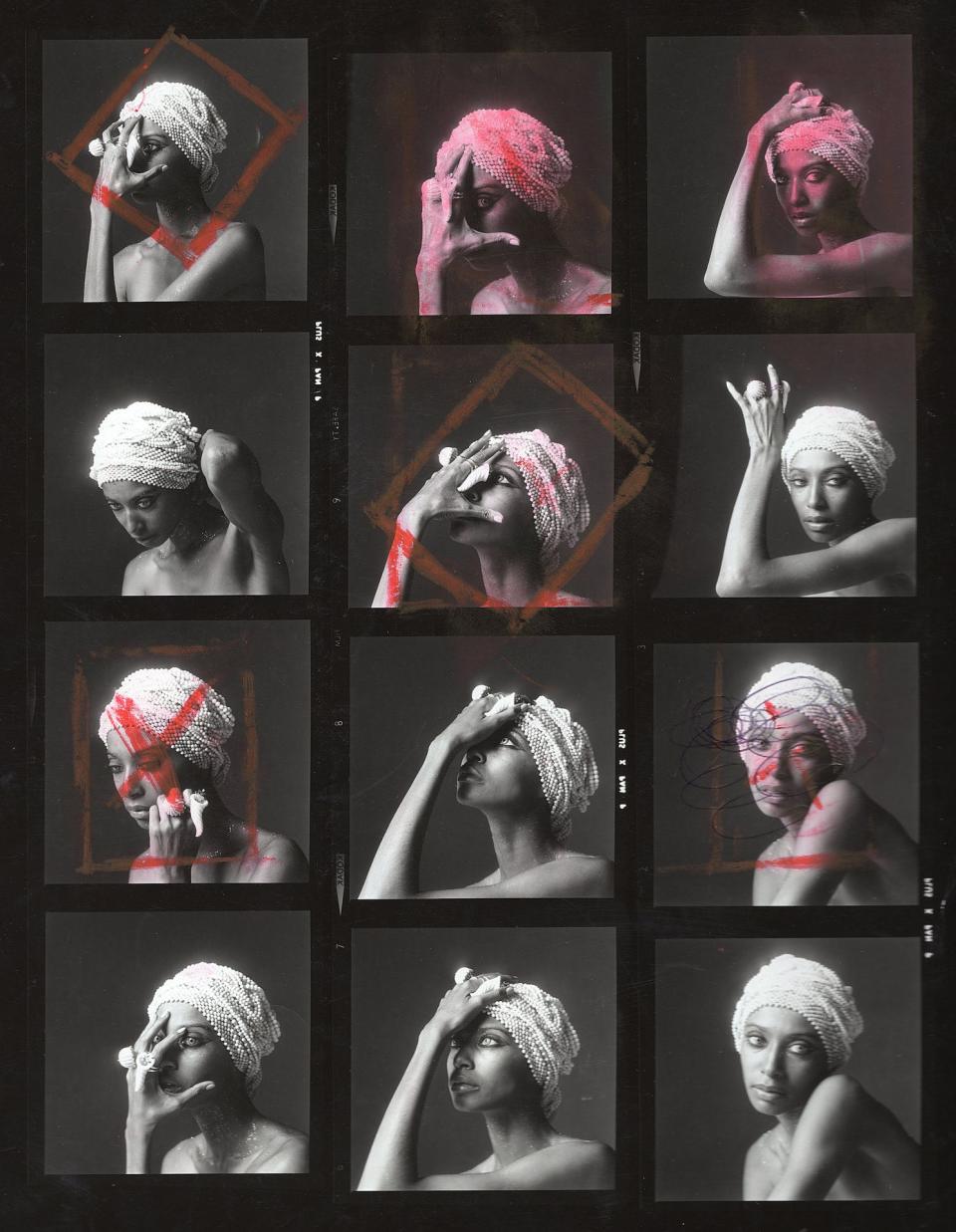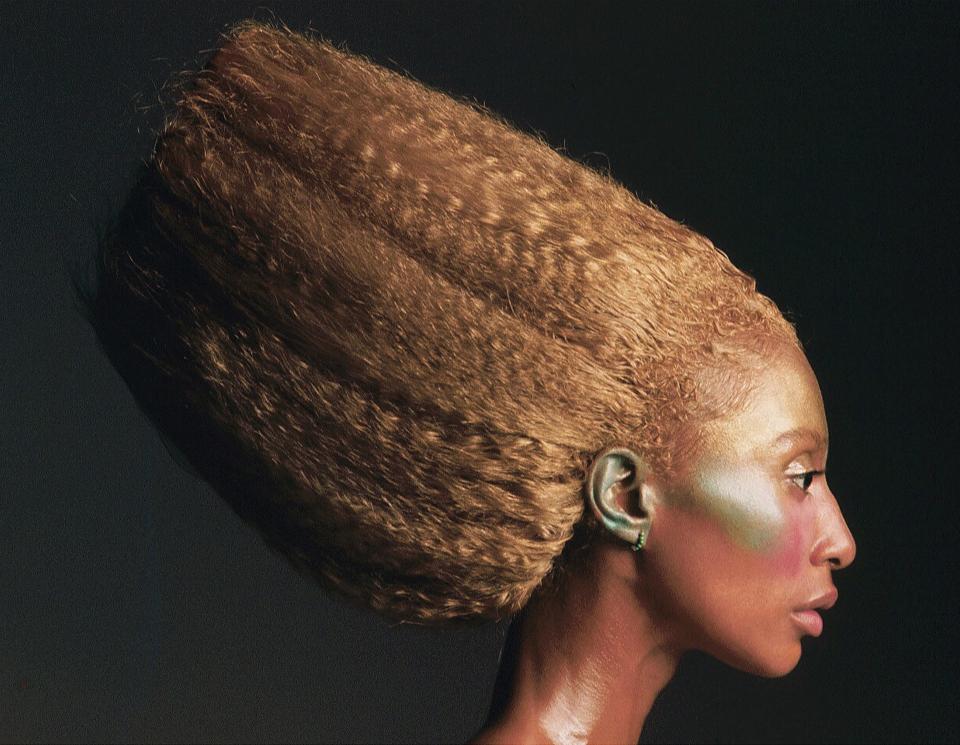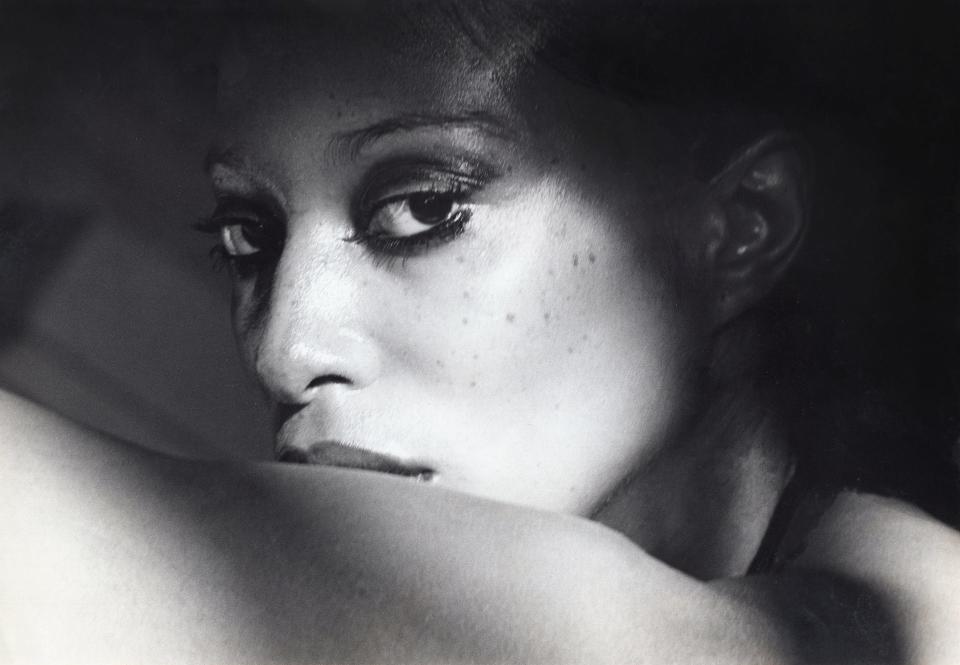HBO film revisits life of Donyale Luna, the Detroiter who became 1st Black supermodel
- Oops!Something went wrong.Please try again later.
- Oops!Something went wrong.Please try again later.
- Oops!Something went wrong.Please try again later.
- Oops!Something went wrong.Please try again later.
A docuseries arrives next week that already has received its fair share of buzz. “The Super Models” from AppleTV+ focuses on the careers of ‘90s runway stars Naomi Campbell, Cindy Crawford, Linda Evangelista and Christy Turlington, women who were power figures as well as stunning beauties in the business of fashion.
All that sounds interesting, but it's hard to imagine that there will be a more meaningful look at modeling in 2023 than “Donyale Luna: Supermodel,” a documentary that premieres Wednesday night on HBO. Unlike the above-mentioned fab four, Luna is largely unknown today for her pioneering role as the first Black supermodel.

Luna was more than a trailblazer, however. Originally from Detroit, she was a complicated woman who reinvented herself in order to achieve her dreams, but she never escaped from the hatred and hurt that seemed inevitable as she broke through barriers. Ethereal, vibrant, determined and vulnerable, Luna is described here by those who knew her as a goddess-like figure unlike anyone else.
Directed with context and compassionate by Nailah Jefferson, the film clearly establishes Luna’s achievements as the first Black model to appear both on the cover of Harper’s Bazaar (in 1965) and the British edition of Vogue (in 1966).
Luna's impact as a style influencer far surpassed that of anyone who uses that label on social media now. She captivated artists like Andy Warhol and Salvador Dali, inspired top photographers like Richard Avedon and David Bailey (the inspiration for David Hemmings’ character in the 1966 movie “Blow-Up”), befriended the Rolling Stones and basically was an It Girl of London’s youthful, impossibly hip Swinging Sixties scene.
As the film recounts with poignant details, Donyale Luna actually was the name and persona she invented for herself — complete with a hard-to-place accent — when she was Peggy Ann Freeman, a student at Cass Technical High School. As two of her sisters and her niece explain in candid interviews, Peggy was a sparkling girl who participated in arts groups and acted in plays while growing up in Detroit.
Peggy's alternate identity may have been a way to deal with her father and mother’s turbulent relationship, which eventually ended in traumatic violence. She also may have wanted to escape from the taunts she heard as a girl about being skinny and bony. In a journal that her daughter, Dream, reads from aloud in the movie, Luna wrote: “No one thought I was beautiful in Detroit. I was very ashamed of myself, almost paranoid, always wishing I could look like this person or that.”

Relying on photos and film clips (and even a snippet of Luna's early guest spot on the “Tonight Show” with Johnny Carson), Jefferson chronicles how this young Detroit woman was discovered in the early 1960s by photographer David McCabe, who was in Detroit on assignment for Ford Motor Co. McCabe gave her his card and told her to call him if she ever was to New York City. Two years later, she moved there. Within months, she appeared in an illustration on the cover of Harper's Bazaar.
It sounds like a fairy tale, but it all took place within an undeniable climate of racism that stifled her career. The backlash that Bazaar received for putting a Black model on the cover was substantial enough that advertisers sent the message to not do it again.
Like many other Black performers and artists, Luna found a haven in Europe, which offered her more acceptance than the United States. As Vogue veteran Hamish Bowles puts it, Luna became so popular in England that she was at the apex of everything exciting that was happening in London. In 1967, she packed up for Paris, where she turned more to acting and, as her friend David Croland remembers, lived on a diet of Mars bars and Coca-Cola and indulged in drinking and drugs.
Luna’s mysterious persona and her comments identifying herself as a melting pot of nationalities, led some to assume she was disavowing being Black. While she was having her modeling heyday overseas, the civil rights movement in America was being waged by young men and women who put their lives on the line to support racial equality.
Yet the film shows that Luna fought her own battles simply for wanting to succeed in the fashion industry. Even after Luna had become famous internationally, Diana Vreeland, editor of Vogue in the United States, refused to let Avedon book her for an assignment in Japan. Vreeland's comments about Luna were so ugly and Luna’s thoughts on her difficulties getting hired for jobs were so devastating that Beverly Johnson, the groundbreaking Black model of the 1970s, breaks down in tears after someone reads them to her from Avedon’s archives.
Just by being herself, Luna was forging a path for those who would follow her. As Johnson says later on: “I stand on the shoulders of my ancestors. I stood on Donyale Luna’s shoulders to get where I am today."

It should be noted that a good portion of “Donyale Luna: Supermodel” explores her daughter’s search to find out more about her mother. Dream Cazzagina was just 18 months old when Luna died from a drug overdose at the age of 33. With children of her own now, Dream confronts her grief and maybe finds some peace through hearing the entirety of her mom’s story.
But this is Luna’s movie, from start to finish. She left behind a treasure trove of photographs packed with contemporary energy and emotional richness, thanks to her presence. In them, her beauty equals her lithe grace, and her grace equals her charismatic aura. As the documentary draws to a close, a quick segment shows Zendaya and other women copying Luna's poses in pictures that pay homage to her.
Luna was and always will be dazzling. Kudos to the HBO documentary for putting her back in the spotlight.

Contact Detroit Free Press pop culture critic Julie Hinds at jhinds@freepress.com.
'Donyale Luna: Supermodel'
Debuts at 9 p.m., Wednesday
HBO
This article originally appeared on Detroit Free Press: Pioneering Black supermodel Donyale Luna is profiled in HBO film

